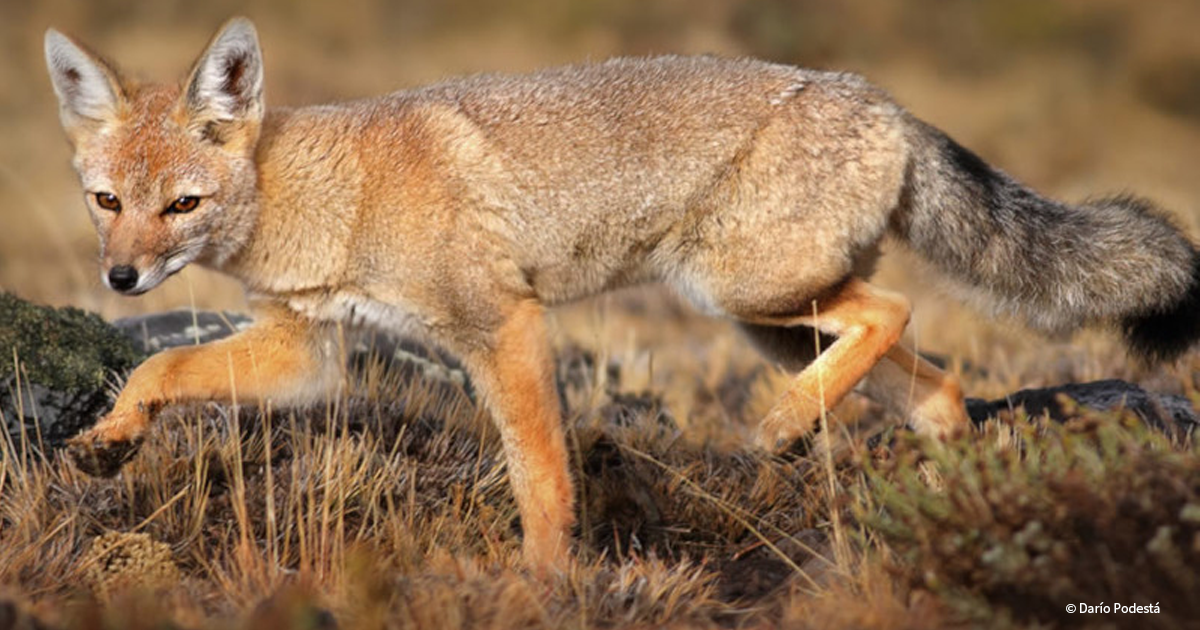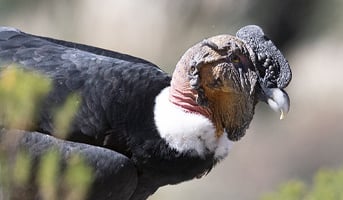Protecting Pumas in Argentina’s Wild Spaces
The Argentinian puma (Puma concolor), also known as the cougar, Patagonia ghost, mountain lion, and panther, holds the Guinness World Record for the mammal with the most names — there are over 40 in English alone!
As apex predators, pumas play a vital role in maintaining the health of their ecosystems by controlling prey populations and fostering biodiversity. Preserving these majestic creatures is critical not just for their own survival but for the broader health of Argentina’s wild landscape.

Human-Wildlife Conflict
Human activities such as hunting, farming, and urban expansion have severely impacted the puma's natural habitat and access to prey. As a result, pumas are forced into human territories, where they often prey on livestock. This has led to significant tensions between ranchers and pumas, with ranchers frequently resorting to lethal measures to protect their animals. In addition to being killed to protect livestock, pumas are also hunted as trophies for their pelts and hides. In Argentina and Chile, up to 100 pumas are killed annually, according to Nicolás Lagos Silva, a conservation researcher for the puma program at Panthera, a global wildcat conservation organization.
Historically, pumas were indiscriminately hunted across Patagonia, regardless of national borders, as ranchers sought to protect their livestock. However, today the fate of pumas varies depending on where they are. In Chile, they are more likely to encounter wildlife photographers and park rangers, while in Argentina, they often face poison, traps, and gunfire.

Reducing Conflict and Protecting Pumas
In northern Patagonia, goat herders lose an average of 6% of their livestock to pumas each year, according to the Wildlife Conservation Society Argentina. This figure is expected to rise if puma habitats continue to shrink. One of the most effective strategies for reducing human-puma conflict is the establishment of protected areas. These sanctuaries allow pumas to hunt and live without the threat of being hunted or encroaching on farmland, thereby safeguarding both the wildcats and local communities.

Fascinating Facts About the Puma:
- The puma is the fourth largest cat in the world, after the tiger, lion, and jaguar.
- Pumas have the largest range of any wildcat in the Americas, extending from Alaska to Patagonia.
- Patagonia has the highest density of pumas in the world.
- Cubs are born with spots, which they lose after about 10 months, helping them blend into their environment.
- Pumas can leap an impressive twenty feet.

How You Can Help Protect Pumas and Other Species
Greater Good Charities is committed to protecting biodiversity and endangered species worldwide. Recently, we donated 150,000 acres to the Mendoza Province in Argentina to create a sanctuary for species like the puma. This protected area will provide a safe haven where these cats and other animals can thrive without the threat of habitat loss or human interference.
You can join our efforts to monitor and preserve this land in Argentina, ensuring that these species have a secure home. A donation of just $20 will protect two acres of land, contributing to the long-term survival of species like the puma and the overall health of the ecosystem.
Greater Good Charities has ultimate authority and discretion with regard to the distribution of its funds. All expenditures made are consistent with the exempt purposes of Greater Good Charities.


